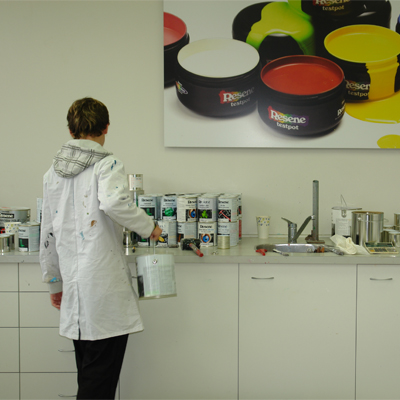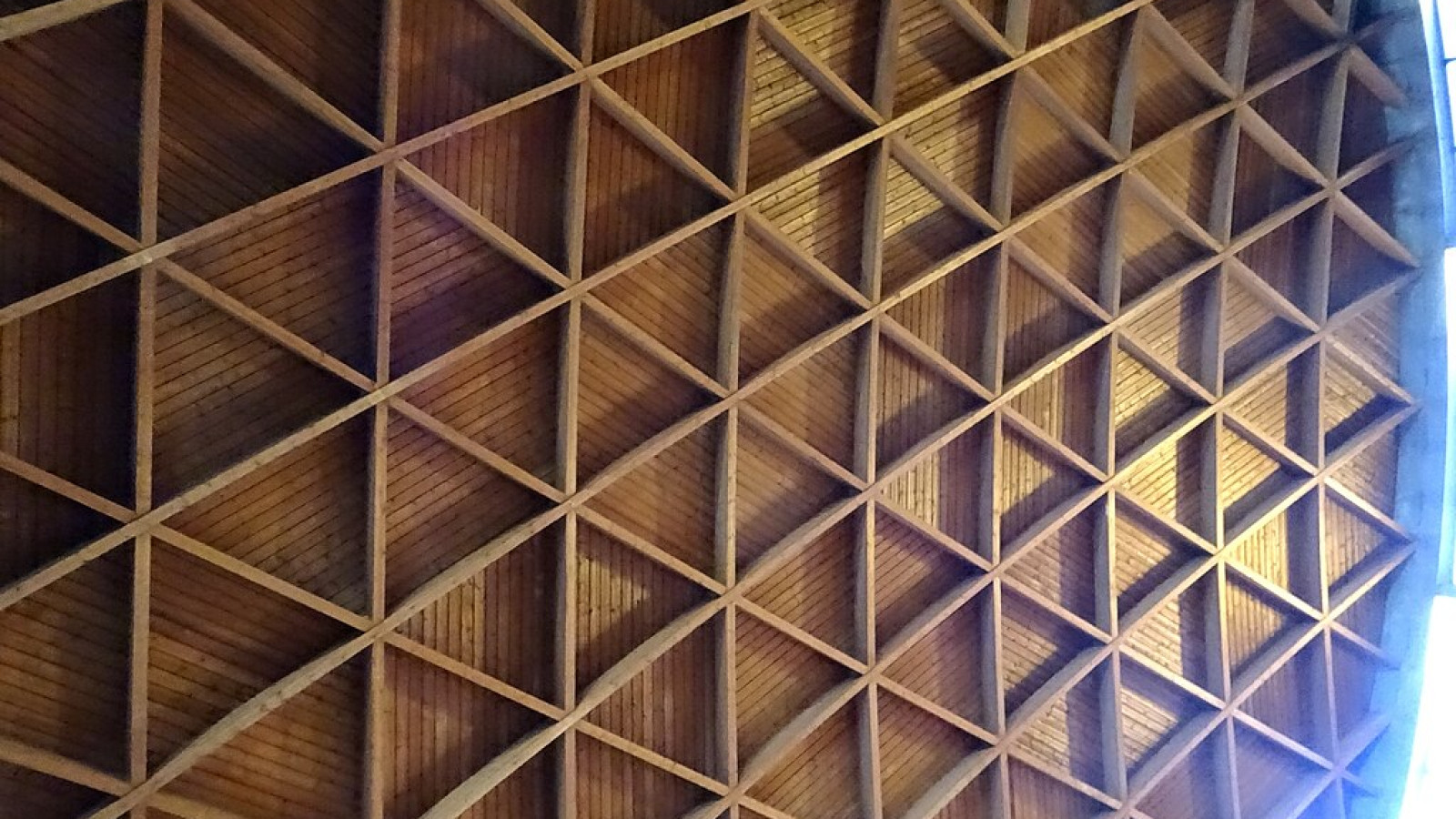Engineered laminated timber was, and remains, a superb product and a building element that allows flexibility of design and is comparable to structural steel but with significant environmental benefits.
However, like all other timber-based products it is susceptible to damage caused by water, UV light and mould if left unprotected.
If closed within a few weeks then the risk of damage is minimal, but, if the exposure to the elements is expected to be longer, a temporary protectant should be used. The alternative being to treat and prepare the timber as weathered, typically requiring treatment for mould, and thorough sanding before applying finishing coats.
Steel fabricators generally finish steel by applying a ‘shop primer’. Unfortunately cost rather than quality or fitness for purpose is the main determining factor behind selection. If this primer was incompatible with the engineer’s paint specification it would all have to be removed at additional cost. For important jobs, the ‘shop primer’ choice became part of the finishing system designer’s scope. Today this is accepted practice. The same control needs to be exerted by the architect over ‘temporary protectants’ for engineered timber.
There are a variety of different technologies available for such protectants and these should be selected with the finishing system in mind — and probably a supplier’s guarantee that the protectant used will be compatible with the intended finishing system. It can be extremely expensive to remove (if it is indeed technically possible) a deeply penetrated incompatible coating.
The most problematic protectant technologies that we have encountered are those predominantly based on mineral oil: indeed, we will not guarantee any of our standard systems over such mineral oil-based protectants.
Wood stains went through a period when products were developed which were designed to form a more durable film on top of the wood to protect it from the elements. While marine varnishes still successfully use this concept, the high maintenance needs of such marine systems were not readily taken up by the average householder resulting in unsightly and catastrophic failures as the coatings flaked off.
As a result, the paint industry pivoted from products forming a surface film to products that penetrated more into the timber.
Any liquid which coherently spreads over, or into, a surface, forms a film — the chemistry of that liquid then determines whether that liquid or as is the case with paint and stains, “dries”. Such stains, which represent most products available today, can be properly described as penetrating stains.
Mineral oil, or paraffin oil as it is known in America and Canada, which in spite of its name has no mineral content and is simply a petrochemical derived hydrocarbon with virtually no reactive chemistry. It remains liquid until UV light breaks it down. Its very name comes from the Latin parvus affinus meaning ‘little affinity’.
Mineral oil has low surface energy which makes it penetrative and, as a hydrocarbon, water resistant. However, nothing will stick to it and it can only be overcoated by itself. Once used, it is almost impossible to remove.
As a result, Resene and the wider New Zealand paint industry do not recommend the use of mineral oils, or products predominantly based on this technology, as short- or medium-term protective coating for laminated timber products.
Using plastic film or reusable covers for short-term protection during transport and on-site will help protect laminated timber products in the prebuild stage.
Image credit: MHM55, CC BY-SA 4.0, via Wikimedia Commons





























 Most Popular
Most Popular Popular Products
Popular Products



